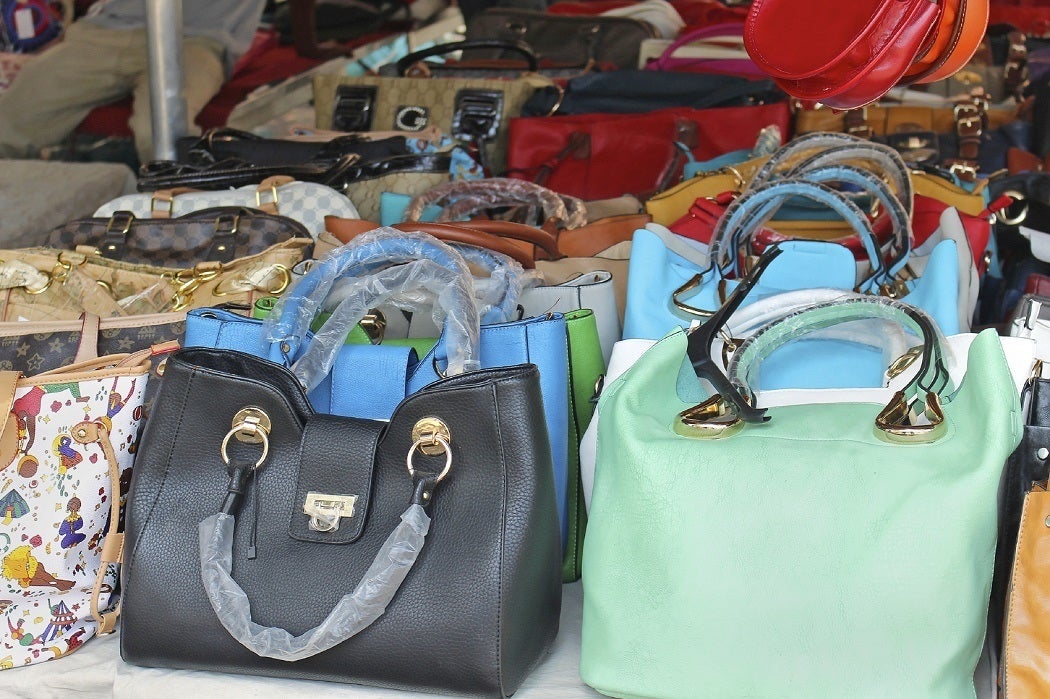At the Victoria and Albert Museum’s new exhibition “What is Luxury?”, visitors can engage in a longstanding debate about how luxury items are conceived, produced, and consumed. It’s a question that has been asked by academics, too—and Keith Wilcox, Hyeong Min Kim, and Sankar Sen have focused their research on why consumers choose to buy counterfeit versions of luxurious brands.
Though some have argued that counterfeit labels actually turn consumers toward the brands they’re ripping off, luxury brands themselves claim that counterfeits impact their brand cachet and bottom lines. That hasn’t stopped would-be counterfeiters from creating convincing (and not-so-convincing) fakes to the tune of over $650 billion. But why buy counterfeits at all?
The answer lies in the social goals of consumers, say Wilcox, Kim and Sen. They write that these social motivations go beyond the mere desire to spend less on a purse or pair of jeans. Rather, people buy these goods to bolster their self-esteem, find belonging in social situations, and communicate their central beliefs and values.
And, contrary to producers’ cries that their brands are eroded by the existence of counterfeits, Wilcox, Kim and Sen write that consumers know exactly what they are getting. Because counterfeits don’t have the quality or cachet of the brands they mimic, they argue, “it is unlikely that consumers will perceive counterfeit brands as being similar to luxury products.” Instead, consumers use counterfeit symbols such as logos to express their aspirational goals, even if those goals aren’t fully met by the fakes.
As long as there are luxury brands, the authors note, there will be counterfeits. They point to research that shows brand counterfeiting that goes as far back as 27 B.C.. That’s a strong urge, the authors concede, and one that’s complicated by things like the temptation of purchasing counterfeits while traveling to another country.
It’s up to brands to begin to consider other reasons why people buy fakes, including “novelty, adventure, and souvenir seeking,” they note—and construct their anti-counterfeiting measures accordingly. Wilcox, Kim and Sen suggest that brands can control the desire for counterfeits through their own branding by making brand markers less conspicuous and focusing advertising on core values instead of social status.







